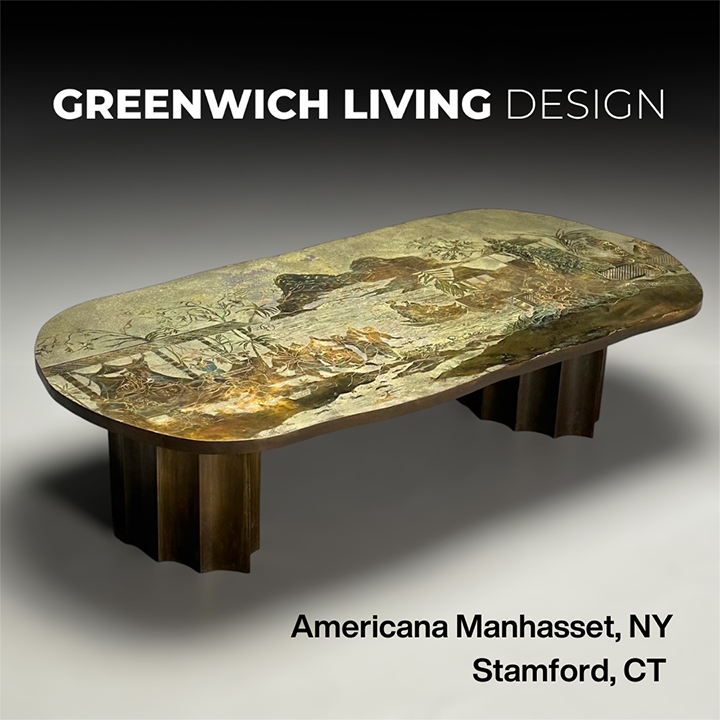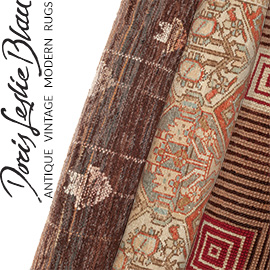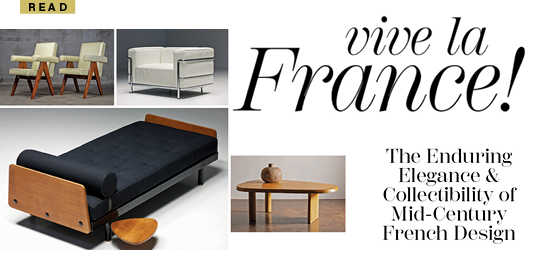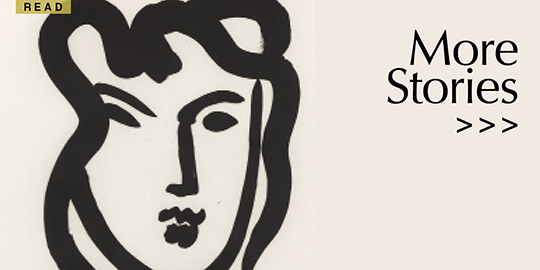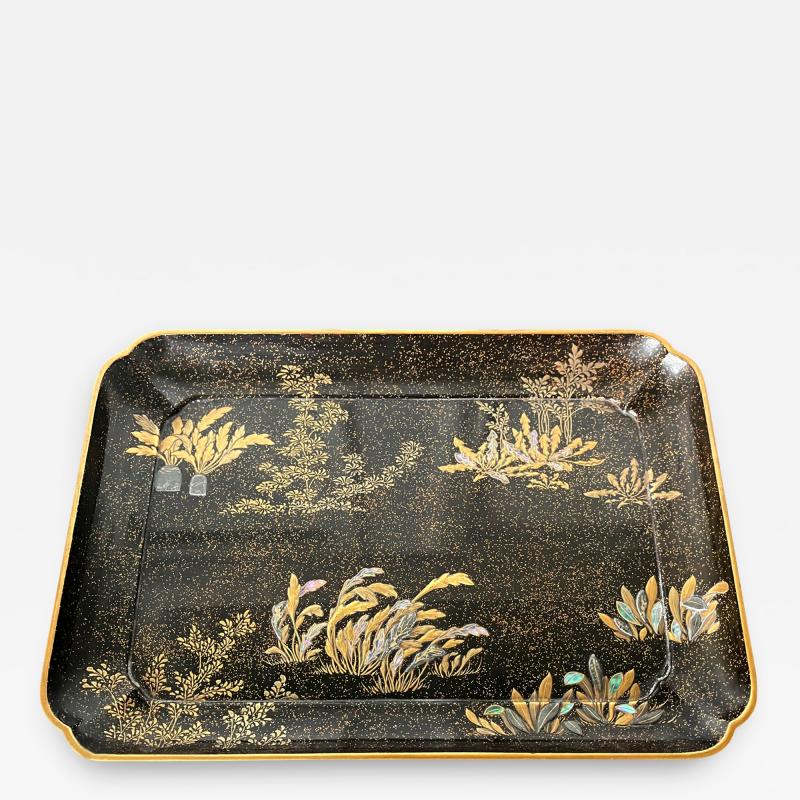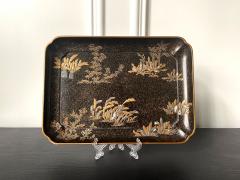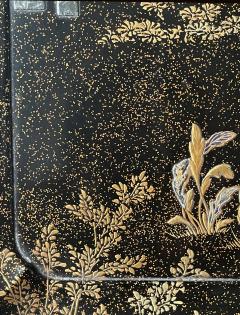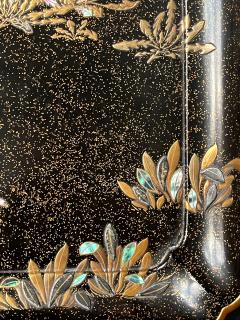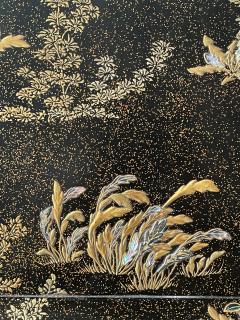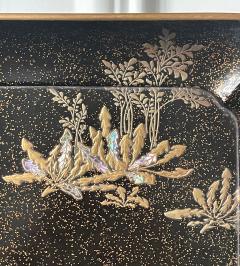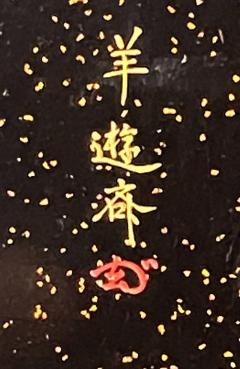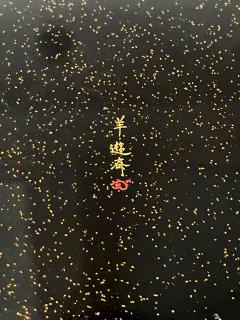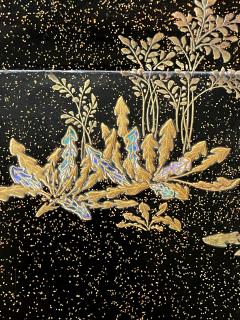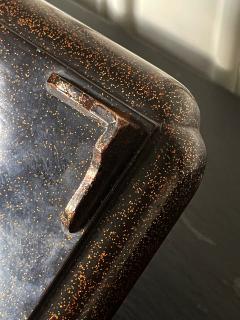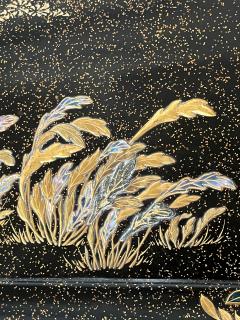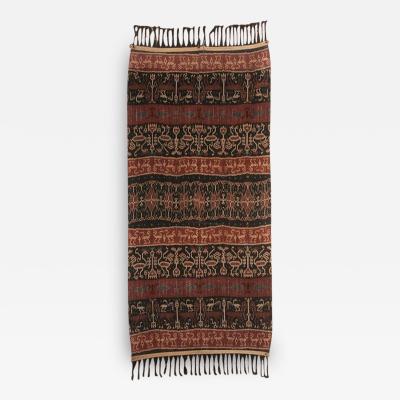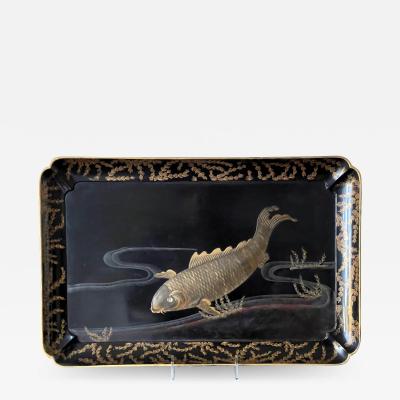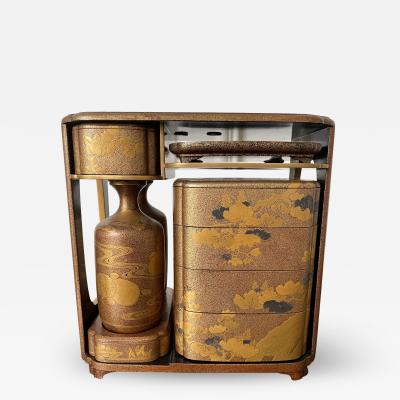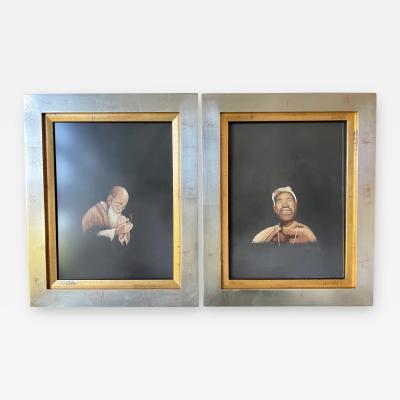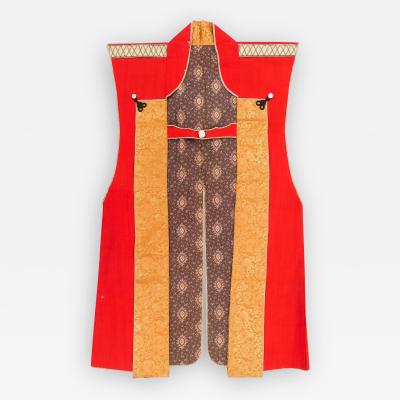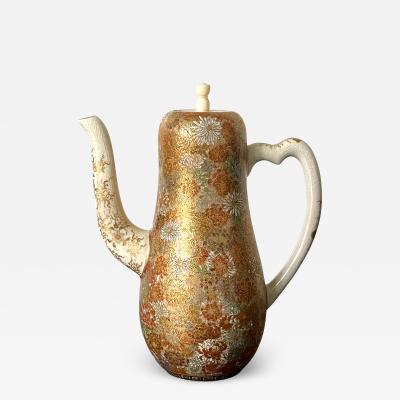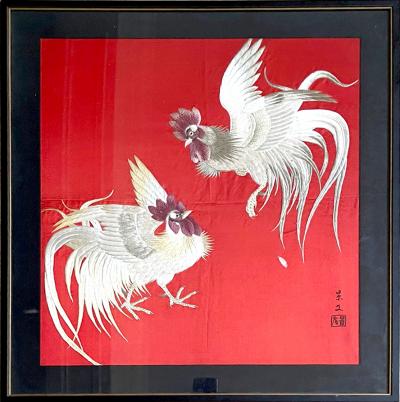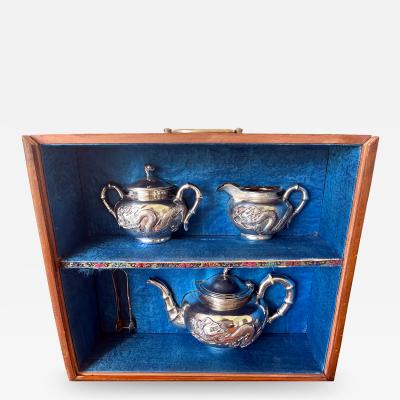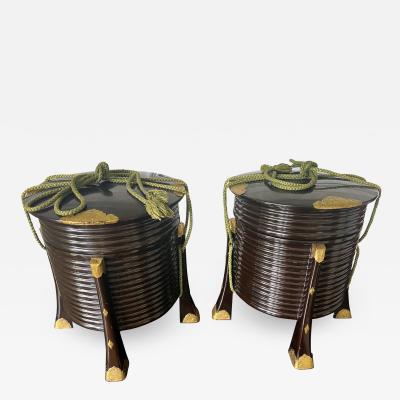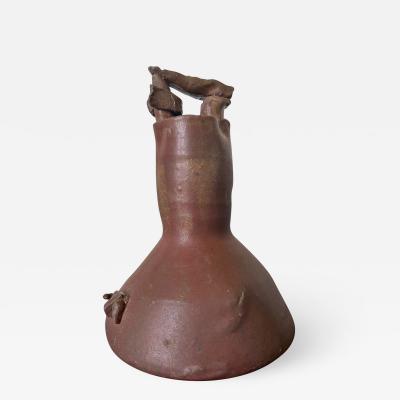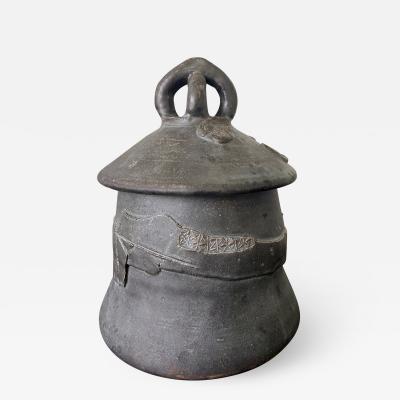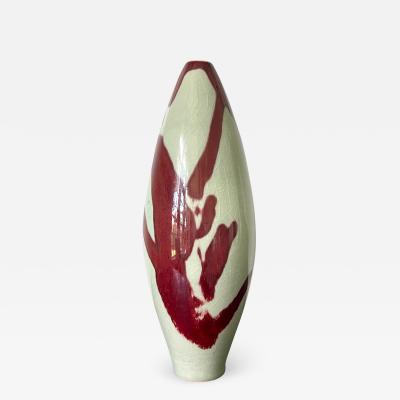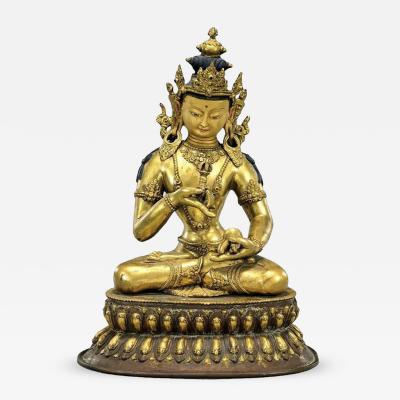Japanese Lacquer Tray with Maki-e and Inlay Hara Yoyusai Edo Period
-
Description
A lovely Japanese lacquer rectangular lacquer tray with a slightly scalloped corner and four L shape supporting feet by one of the most celebrated lacquer artist active in Edo period Hara Yoyusai (1772-1845). Yoyusai lived in Edo (Tokyo) and worked under the patronage of Lord Matsudaira. He operated a large workshop and had a very prolific output of lacquer objects. Most survived pieces being inro,, netsukes and smaller objects of art, larger pieces like this tray are rare. He worked with painter Sakai Hoitsu (1761-1828) and his student Suzuki Kiitsu (1761-1858), who supplied him with many designs in Rimpa style for the maki-e decoration on his lacquer work. Their close collaboration led to a revival of the interest in Ogata Korin's Rimpa style work, a generation before them.
This rare tray by Yoyusai was decorated with motifs of bundles of various spring grasses, achieved with takamakie of contrasting heights. Many broader water crest leaves with exquisitely inlaid with raden (mother of pearl) and reflects the light beautifully. On the left upper corner, unexpectedly, one finds two buckets of silver or pewter sheet inlay (difficult to tell without polishing) that contains a bundles of the plants. This is a subtly playful touch that breaks the visual expectation of the design pattern, while suggesting an underlying story. There must be a person who is collecting the leaves, but remains out of the picture frame. A beautiful maiden, perhaps? shy at the sight of a stranger? Under the tray, the artist signed the studio name Yoyusai and also with his Kao.
For another tray of the exact same shape but different maki-e design, see Lot 230 of the Bonham' s London Sale: The Edward Wrangham Collection of Japanese Art; Part V on Nov 5th, 2014. -
More Information
Documentation: Signed Origin: Japan Period: 19th Century Materials: lacquer on wood, MOP Condition: Good. Minor wear, mostly light scratches on the base and the contact part of the feet. A couple of reden inlays may have been refilled with gold powder historically. Creation Date: first half of 19th century Styles / Movements: Bespoke, Asian, Traditional Patterns: Asian/Oriental, Florals/Botanical, Geometric, Handmade Incollect Reference #: 457633 -
Dimensions
W. 11.5 in; H. 1.5 in; D. 8.25 in; W. 29.21 cm; H. 3.81 cm; D. 20.96 cm;
Message from Seller:
Our collection ranges from Neolithic Art to 20th century collectible art and design. It spans 5000 thousand years of history and crosses many civilizations and cultures. Our aesthetic strongholds are Mid-century studio design, Japanese and Korean art, Asian Textile Art and Contemporary Aboriginal Art. The diversity is united behind our singular vision to seek for timeless beauty and driven purely by our passion




